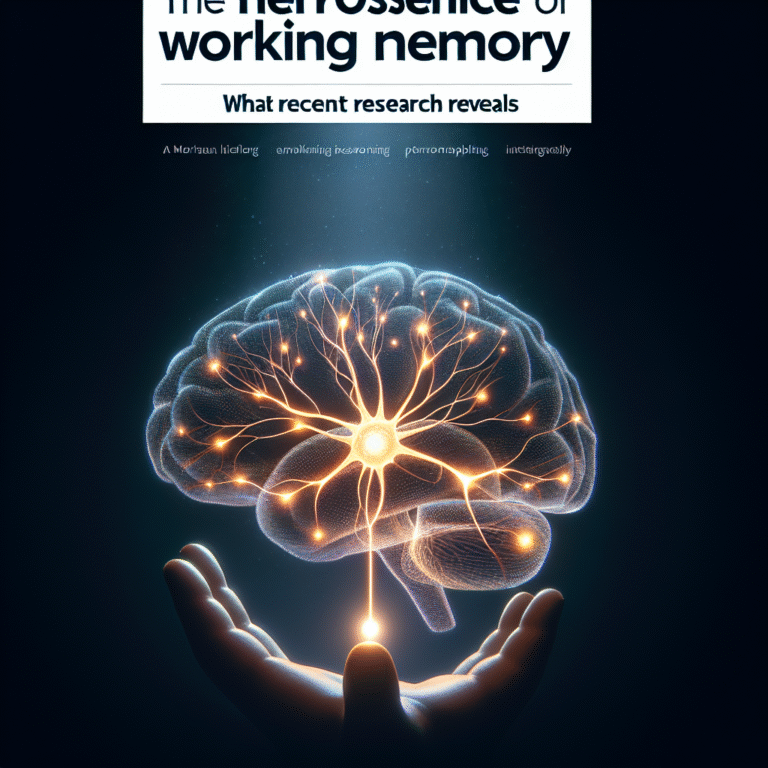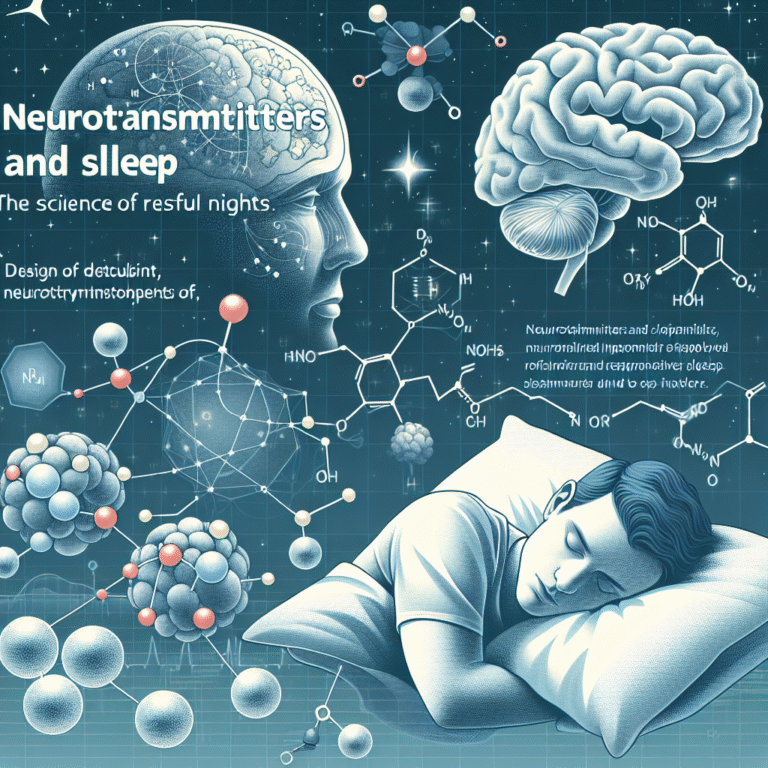
Introduction
In today’s fast-paced, ever-evolving workplace, the best leaders are not just those with sharp intellects or extensive technical knowledge; they are individuals equipped with profound emotional intelligence (EI). The Role of Emotional Intelligence in Effective Leadership has gained prominence as organizations recognize that understanding and managing emotions—both in themselves and in others—drives performance, fosters collaboration, and enhances decision-making.
But what exactly is emotional intelligence, and why does it hold the key to unlocking effective leadership? Dive in as we explore the intersection of EI and leadership, drawing on real-world examples and insights that reveal how emotional awareness can catalyze transformative change in any organization.
Understanding Emotional Intelligence
Before delving into its implications for leadership, let’s establish a fundamental understanding of emotional intelligence. Daniel Goleman, a leading figure in this field, defines EI as the ability to recognize, understand, and manage our own emotions while also recognizing and influencing the emotions of others. EI is typically broken down into five core components:
- Self-Awareness: Recognizing one’s emotions, strengths, and weaknesses.
- Self-Regulation: Managing emotions in healthy ways.
- Motivation: Harnessing emotions to achieve goals.
- Empathy: Understanding the emotional makeup of others.
- Social Skills: Building rapport and managing relationships.
These components play a pivotal role in establishing effective leadership—and they will be explored in depth throughout this article.
The Intersection of EI and Leadership
The Impact of Self-Awareness on Leadership Effectiveness
Self-awareness is foundational to effective leadership. Leaders who understand their strengths and weaknesses can communicate more effectively, build trust, and lead with authenticity. A study from the Harvard Business Review revealed that leaders with high levels of self-awareness are considered more effective by their subordinates.
Case Study: Satya Nadella at Microsoft
When Satya Nadella took the helm at Microsoft, one of his first initiatives was to promote a culture of empathy and learning, encouraging self-awareness among his leadership team. This shift not only revitalized Microsoft’s culture but also spurred innovation, leading to a significant increase in market share.
Analysis: Nadella’s example underscores the role of emotional intelligence in effective leadership; he embraced vulnerability, which ultimately strengthened his leadership and transformed the company.
The Power of Self-Regulation in Decision-Making
Self-regulation allows leaders to maintain control over their emotional responses, especially in challenging situations. Leaders who can manage their emotions can make rational decisions without being swayed by stress or external pressures.
Chart: Emotional Responses vs. Decision Quality
| Emotional State | Decision Quality |
|---|---|
| Calm | High |
| Stress | Moderate |
| Anger | Low |
| Anxiety | Low |
Case Study: Howard Schultz at Starbucks
Howard Schultz’s ability to self-regulate during the 2008 financial crisis exemplified effective leadership. By remaining calm under pressure, he made strategic decisions that steered Starbucks back to profitability, focusing on quality and customer experience.
Analysis: This case highlights self-regulation as a vital aspect of effective leadership, proving that maintaining composure can lead to better decision-making outcomes.
The Role of Motivation in Inspiring Teams
A motivated leader inspires their team to achieve their best. Emotional intelligence enhances intrinsic motivation, enabling leaders to create a shared vision and instill a sense of purpose.
Real-World Application: Organizations with emotionally intelligent leadership report higher employee engagement. Gallup studies show that motivated teams are 21% more productive.
Case Study: Shantanu Narayen at Adobe
Under Shantanu Narayen’s leadership, Adobe shifted from a software-sales model to subscription-based services. His vision was not just about business but also about empowering creativity, which motivated employees to innovate and excel.
Analysis: Narayen’s approach reflects how emotional intelligence in leadership can foster an environment of motivation, leading to remarkable corporate transformation.
Empathy: The Heart of Team Dynamics
Leaders who possess high empathy can form stronger relationships with their teams, understanding emotional cues and fostering a supportive work environment. This results in better team dynamics and collaboration.
Table: Empathy and Team Performance
| Empathy Level | Team Collaboration | Employee Retention |
|---|---|---|
| High | Excellent | 90% |
| Moderate | Good | 70% |
| Low | Poor | 40% |
Case Study: Indra Nooyi at PepsiCo
Indra Nooyi, former CEO of PepsiCo, often emphasized empathy in her leadership style. By engaging with employees at all levels and advocating for work-life balance, she enhanced collaboration and galvanized her team towards shared goals.
Analysis: Here, Nooyi’s empathetic approach demonstrates how emotional intelligence is critical in building a cohesive and productive workplace.
Social Skills: The Glue that Binds Teams
Effective leaders are also adept in social skills, which allow them to manage relationships and build networks. Strong social skills enable leaders to communicate clearly, influence others, and resolve conflicts.
Case Study: Richard Branson and the Virgin Group
Richard Branson’s charismatic and approachable style has been instrumental in creating a positive culture at Virgin. He prioritizes open communication and celebrates achievements, which strengthens team cohesion and motivation.
Analysis: Branson’s leadership showcases how social skills, as a component of emotional intelligence, can lead to effective leadership and organizational success.
The Business Case for Emotional Intelligence in Leadership
Numerous studies have highlighted the impact of emotional intelligence on business performance. Organizations led by emotionally intelligent leaders see higher performance metrics, including:
-
Improved Employee Engagement: High EI leaders foster environments where employees feel valued and understood. Engaged employees are likely to contribute more to the organization’s success.
-
Enhanced Collaboration: Emotional intelligence promotes better teamwork. When leaders understand and manage their emotions, they can also help their teams navigate interpersonal dynamics effectively.
- Lower Turnover Rates: Companies with emotionally intelligent leaders often experience lower turnover rates. When employees feel heard and supported, they are less likely to leave the organization.
The ROI of Investing in Emotional Intelligence
Investing in emotional intelligence training for leaders can yield significant returns. Research by the Center for Creative Leadership found that increasing EI among leaders resulted in improved leadership effectiveness and overall organizational health.
Table: Costs vs. Benefits of EI Training
| Training Type | Average Cost per Leader | Estimated ROI |
|---|---|---|
| Emotional Intelligence Training | $500 – $2000 | 5:1 |
| Traditional Skills Training | $300 – $1500 | 3:1 |
Actionable Insights for Building Emotional Intelligence
As organizations recognize the role of emotional intelligence in effective leadership, integrating EI practices can be immensely beneficial. Here are some actionable strategies:
-
Self-Assessment: Encourage leaders to conduct regular self-assessments to understand their emotional strengths and areas for improvement.
-
Feedback Mechanisms: Implement 360-degree feedback systems to provide leaders with insights from peers and subordinates about their emotional responses.
-
Training Opportunities: Offer workshops and seminars focusing on emotional intelligence skills—such as conflict resolution, active listening, and empathy training.
-
Mentorship Programs: Create mentorship opportunities where seasoned leaders can guide others in developing their emotional intelligence.
- Promote a Culture of Openness: Establish an organizational culture that encourages open communication and emotional expression, making it easier for leaders to practice their EI.
Conclusion
The importance of the role of emotional intelligence in effective leadership cannot be overstated. As we’ve explored throughout this article, emotional intelligence encompasses self-awareness, self-regulation, motivation, empathy, and social skills, all of which are crucial for leading effectively in today’s complex workplace environment.
Leaders who invest in developing their emotional intelligence not only enhance their own skillsets but also foster a more engaged, collaborative, and resilient organization. As we move into an era defined by rapid change and uncertainty, developing emotional intelligence will not just be an asset; it will be an essential ingredient for effective leadership and sustained success.
FAQs: Addressing Common Concerns
1. What is emotional intelligence, and why is it important for leaders?
Emotional intelligence (EI) is the ability to understand and manage your own emotions while recognizing and influencing the emotions of others. It is crucial for leaders as it enhances communication, decision-making, and relationship-building—all vital for effective leadership.
2. Can emotional intelligence be developed?
Yes, emotional intelligence can be improved with training, self-reflection, and practice. Engaging in feedback, workshops, or mentorship can facilitate the development of EI skills.
3. How can I measure my emotional intelligence?
You can assess your emotional intelligence through self-assessments or more structured evaluations like the Emotional Intelligence Appraisal. Seeking feedback from peers or engaging with a coach can also provide insights.
4. What are the benefits of emotionally intelligent leadership?
Emotionally intelligent leaders create positive workplaces, enhance employee engagement, reduce turnover, improve decision-making, and cultivate strong team dynamics.
5. How does emotional intelligence impact organizational culture?
Leaders with high EI foster a culture of trust and open communication, leading to improved collaboration, morale, and overall employee satisfaction within the organization.
Embrace the journey of developing emotional intelligence and witness its remarkable impact on your leadership effectiveness and organizational success.
















